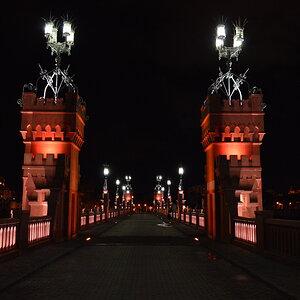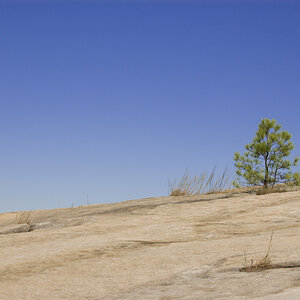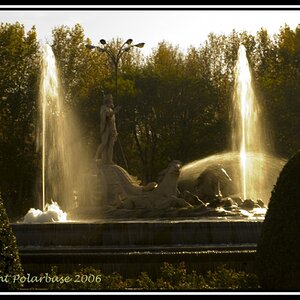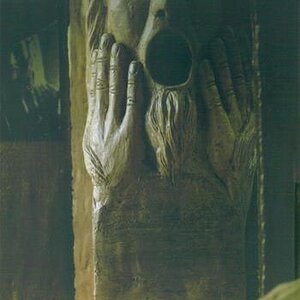- Joined
- Oct 16, 2012
- Messages
- 14,632
- Reaction score
- 7,562
- Can others edit my Photos
- Photos OK to edit
Can you give me some personal examples of instances where you've thought to yourself "boy I am glad I am shooting this in full frame as opposed to an identical quality camera in APS-C".
A common example of this is with portrait and similar styles of photography where one is often working indoors or fairly close to their subjects, with a limited space to move back. With a crop sensor camera many often find that in such situations they need to use a wide angle lens (eg a 30mm) to get the frame that they want. However once you drop out of telephoto lenses and move into wide angles (around under 50mm) you start to introduce perspective distortion.
This is when areas closer to the camera will get enlarged over those further away, so big noses, hands, feet etc... Now some software can correct for this, but you lose image quality and it adds another phase into editing.
A larger, 35mm, sensor lets people frame those shots on a 50mm lens (or longer) which eliminates this problem and is thus a key reason why, even though there are very good crop sensor cameras, 35mm (and larger) sensor cameras are a popular choice and studio and wedding work .
Thank you! This is exactly what I was looking for. Sounds to me like I wouldn't see a tons of benefits of going full frame. 90% of the time I am shooting outside and in very open areas where I have the space to move about. I never shoot in studios or models. The distortion I have run into, when it has been an issue I have been able is easily correct in PS.





![[No title]](/data/xfmg/thumbnail/36/36398-33d875428a7eefdf5b31188ec0f555a5.jpg?1619737551)
![[No title]](/data/xfmg/thumbnail/36/36399-041c9ebc3a39e89ec8e39243c0d43528.jpg?1619737551)

![[No title]](/data/xfmg/thumbnail/33/33343-857a08c1327857172779bfe49f06f638.jpg?1619735911)
![[No title]](/data/xfmg/thumbnail/35/35270-a66987e049fb56c03e604b4c77910b81.jpg?1619736972)

![[No title]](/data/xfmg/thumbnail/42/42479-eb9612f7aa37a41755b9e23b5739a3bf.jpg?1619740195)


